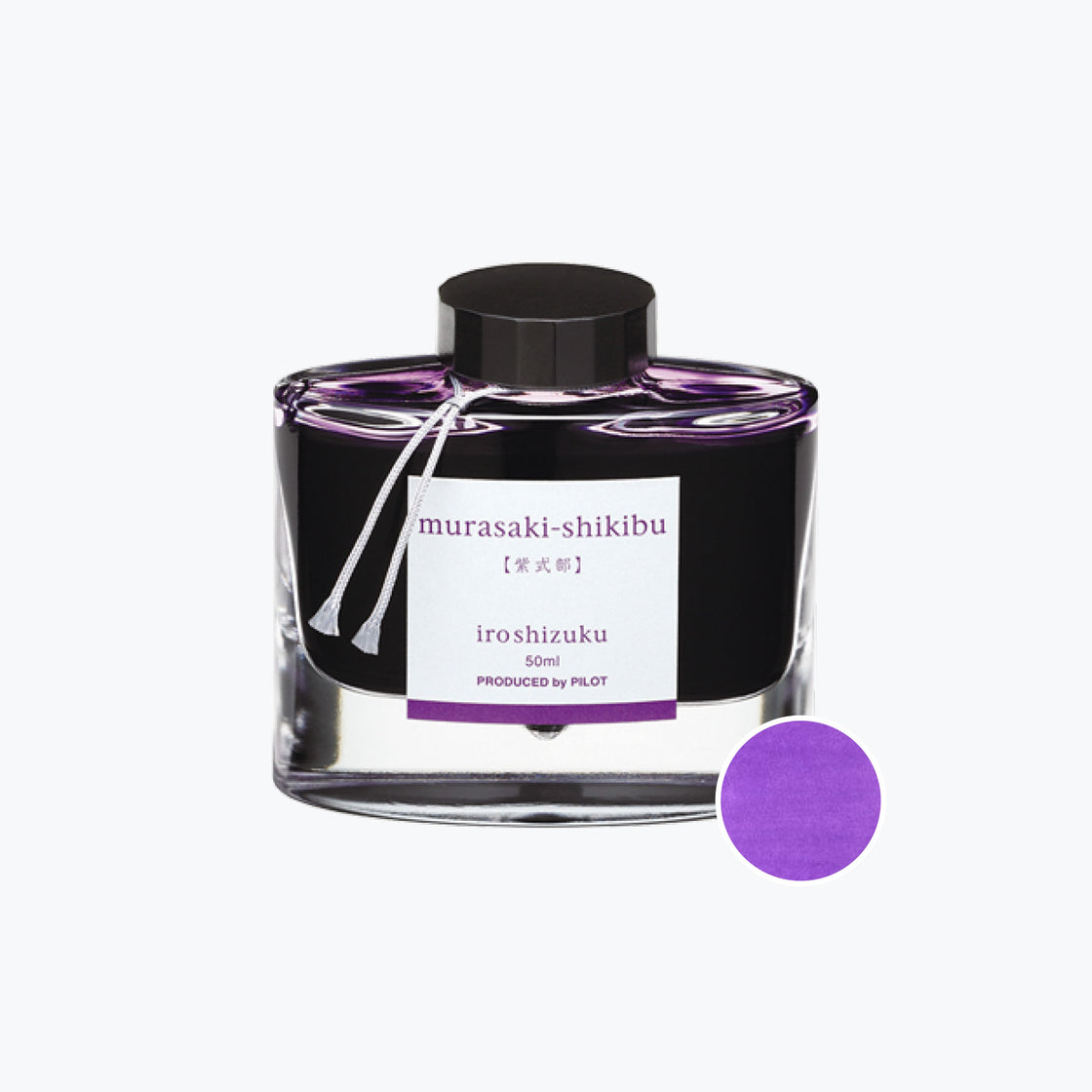

Momo iro uses the word for “peach” and it’s the color of peach flowers. Pinku iro refers to the concept of “pink” in English. The two color names have slightly different shades due to the Japanese bitter orange having a lighter shade than a generic orange. 橙 だいだい 色 いろ (daidai iro) is named after a type of Japanese bitter orange called 橙 だいだい (daidai). オレンジ (orenji) is the katakana spelling of the word “orange”. Orange can be found in two different ways. In old Japanese history, it was a color that was special and could only be used by the imperial family. Murasaki comes from ムラサキ 草 くさ(murasaki kusa), which is a plant that was used to make a purple dye.

There is also 青臭 あおくさい(aokusai) meaning “inexperienced” using the kanji that translates to “blue smell”. For example, 青春 せいしゅん(seishun) meaning “springtime of youth” is written with the kanji for “blue spring”. Indigo is called 藍 あい( ai) which is said to have eventually morphed into the word for blue, ao.Īo also has an image of youth in Japan. Japan has been dyeing with indigo for more than one thousand years.
Murasaki meaning in japanese drivers#
New drivers in Japan must put a sticker on their cars that are yellow and green.īlue is an important color for Japanese people because it is associated with indigo dye.

In Japan, there’s also an association of green with “beginners”. 瑞々 みずみずしい(mizumizu shii) meaning fesh, young, and vibrant was the word origin. The word midori comes from the “fresh” image of green. This comes from the way that babies often look red when they are born. When used as the meaning of red color, some interesting words are 赤 あかちゃん (akachan) which means baby. This is why there are some uses of aka that might be confusing for Japanese learners.įor example, 赤 あかの 他人 たにん(aka no tanin) means “A complete(obvious) stranger” or 真 まっ 赤 かな 嘘 うそ(makka na uso) means “obvious lie”. Before the word kiiro existed, people categorized yellow with red because it was associated with autumn leaves.Īka comes from the word 明 あきらか (akiraka) which means “obvious” or “apparent”. There are different ideas on the origin of the word kiiro, but some say that it came from the word for gold which is 金色 きんいろ (kin iro).

It can also be called 鼠色 ねずみいろ (nezumi iro) which means “mouse color”. This name describes the grey color of ashes. This means you’ve completely blanked out. For example, 頭 あたまの 中 なかが 真 まっ 白 しろ (atama no naka ga masshiro). The idea that white is “striking” shows when Japanese people say 白黒 しろくろさせる (shirokuro saseru). This word used to be pronounced ichi shiro shi, and came to describe the striking color of white. Shiro originally comes from 著 いちじるしい(ichijiru shii) which means “striking” or “remarkable”. However, there are instances where kuro is used as something similar to “dark”.įor example, Japanese dark brown sugar is 黒砂糖 くろざとう(kurozatou) even though it’s not black. This word works in the same way as the color “black” in English. When they are in parenthesis, it means that you can refer to the color with or without 色 いろ(iro). In Japanese, colors often have the word “color” or iro used in their name. Note: Some colors have a parenthesis with the word 色 いろ(iro), meaning color. It’s easier to remember and more interesting when you know the backstory behind each color. Here are some common colors that you’ll want to know in Japanese.
Murasaki meaning in japanese how to#
7 How to use colors to describe things in a sentence Common Colors


 0 kommentar(er)
0 kommentar(er)
